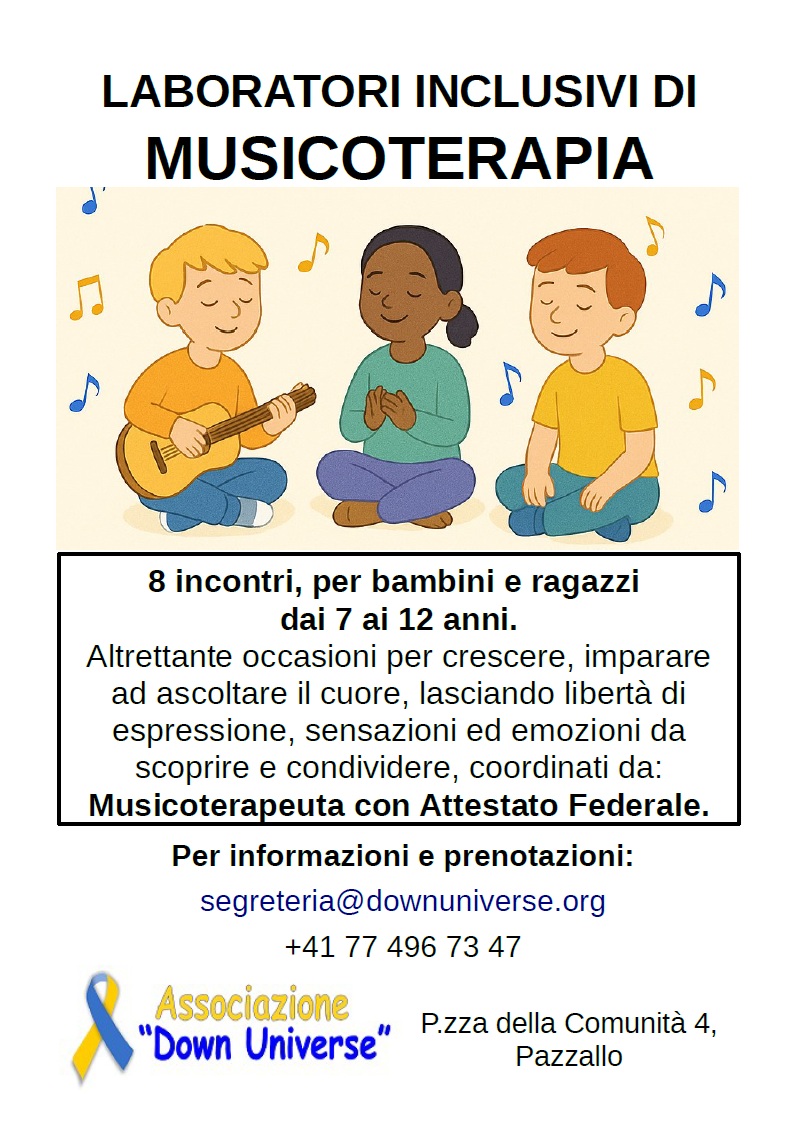The collective imagination catalogs Down syndrome as a suffering for people affected by and for the parents, relatives and friends.
Well it is not thrue, people with Trisomy 21 are people like any other, they play, have fun, laugh, joke eat, drink, study, work and do everything that normal people do, in few words they live and try to live well their life.
Down Syndrome is a genetic anomaly, not a disease, it is not hereditary and does not directly cause specific sufferences.
It is caused by an extra chromosome in the 21st pair of chromosomes of the human body cells and the trio of chromosomes thus formed is called Trisomy 21, which is the scientific definition of the Down's Syndrome, that we will explain more widely in the specific articles.
From research and monitoring, seems that nothing of what you normally do, eat, and breathe, before or during pregnancy, can cause this anomaly, but simply happen accidentally during the conception.
We are not totally agree with this assertion because we are what we eat, drink, breathe and medicaments that we assume or inoculate, furthermorewe suffer great influence from the environment in which we live or attend assiduously, to think that nothing can influence us and cause this anomaly seems very unlikely.
In any case the Down's Syndrome is a very democratic genetic anomaly because make no distinction of sex, religion, nationality, race or social class, in few words, it can happen to anybody of the human race and anywhere in the world.
Mature women have more probability to conceive a child with Down's Syndrome, but most of these births happen to young women that just because are young people, do not expect this kind of event.
When this event happens, the mothers will remain highly impressed and frightened, and most of the time, the whole family, live the event dramatically.
Fortunately there is nothing dramatic in a person with Trisomy 21, simply it requires a greater commitment and responsability from parents and relatives who manage them.
- Details
- Hits: 8353
About the ethics of prenatal screening people have spent a lot of words on all fronts: social, religious, scientific and human.
Each faction has its own interpretation: science does not want limits, religion wants to limit all that is not accidental, the society is in favour or against depending on costs and financial returns, humanists invoke an "Ethics" behavior, which it is a mix of all the above.
In the middle of this chaos of ideologies the prenatal screening give his safe result nearly the 100%, then the responsibility shifts to the parents, that according to their feelings of the moment they decide to allow the fetus to be born or not and in this second case to schedule the abortion.
However, the real problem, is the couple availability to accept or not a person with a genetic anomaly with all its limitations and commitment that it require.
These limits are interpreted in the collective immagination, as a suffering and a lower quality of life, as well as an increased commitment to grow and manage these people.
We will not take a position on this topic otherwise we would become a further faction with its own interpretation.
But we want to point out that in reality, these people love life and know how to enjoy it, perhaps more than the normal person, because know their limits and not exceed them constantly accumulating stress, like normal people do.
The actual level of the medicine and social assistance, help them greatly in their problems, raising then their quality of life and also the duration of their lives.
They are kind-hearted, sociable, many of them have considerable qualities that lead them to want to be independent, to have a job, to have a family, with all the responsibilities that these choices imply.
Ethically speaking they can live a life worthy to be lived.
- Details
- Hits: 7895
Researches on trisomy 21 are practically started in the mid-twentieth century with the researches on the karyotype or rather the chromosomal analysis.
With the resurces of mid twentieth century we come to perceive a lot about trisomy, but not enough to resolve it, because even if we could read the chromosome conformation, it was still far from being able to interpret the human genome.
In any case since the defect is in the separation mechanism of the egg cell, the contribution of the chromosomal analysis was really poor for to improve knowledge on the trisomy.
The researches were then oriented to identify in advance whether the developing fetus could be a carrier of genetic abnormalities.
In fact, the actual methodologies and analyses, are able to provide the indication of the presence of one or more genetic abnormalities in the developing fetus with an accuracy close to the 100%.
The fact that we can identify the presence of genetic abnormalities in a developing fetus is still a palliative, because the fetus is already formed, and already suffering from genetic abnormalities, this means that research should move in the previous stage of the fetus generation.
But research on the real cause of trisomy, in the previous stage of the fetus generation, is minimal or not existent.
Some experts of human genome interpretation, think that understanding the human genome functioning they could be able to find a solution to solve even trisomy 21.
Others experts that are working on cell separation mechanisms and cell replication, which is the real cause of trisomy generation, are practically inexistent because they not have sufficient funds to focus heavily on this research.
The financial returns on a search of this type are very uncertain and the big pharmaceutical companies that ultimately are the real biological research financers, do not like to risk their financial resources without return, despite having billionary annual profits.
In reality no one can now imagine what would be the economic returns from this type of research.
Surely when understood the separation mechanism of the egg cell, could be possible to found the solutions that ensure that these mechanisms happen correctly, these solutions are practically medicins and are profitable.
We hope that a vision in this context of multinational drug companies, bring them to consider of to invest financially in this type of researches.
- Details
- Hits: 8390
Prenatal screening is a very complex process that begins with a well done and well interpreted echography of the fetus.
From the echography the doctor must detect the presence of nuchal translucency and a evident degree of the nose ossification.
These two parameters suggest that there are a high probabilities of a genetic anomaly presence in the fetus.
The next step is to confirm the echography diagnosis and then make a very invasive test such as an amniocentesis or villocentesis that will give an answer with a very high percentage of safety.
These tests are very invasive because go to take genetic material directly into the amniotic sac, they are not very attractive and carry a risk of abortion approximately every 200 cases.
With the recent tests evolution is possible to avoid this complicated methodology of the good interpretation of echography and invasive tests.
Today is possible to determine very safely the fetus genetic anomalies, through a mother blood test.
In fact cause the mother fetus placental interchange the mother blood contains the cells of the fetus which can be identified and from these can be detected the genetic composition.
- Details
- Hits: 7982
The presence of the extra chromosome generate a greater presence of genetic material.
This genetic material in excess alters unfortunately the biology of the individual and create many disorders.
Mainly alters the metabolism of oxygen with consequent greater oxidation of fats and proteins including those DNA and damaging the latter.
It is thought that this process is the cause of premature aging and Down presenile dementia where many subjects are affected.
In particular this genetic material in excess generates imbalances on many biological systems:
Cognitive disability
Cardio circulatory system
Musculoskeletal structure
Metabolic processes
Visual and auditory apparatus
Immune system
Neoplasms
Gastro Intestinal
Reproductive system
Fortunately, these imbalances are not always all present in the same subject and with the highest incidence but from individual to individual are more or less present and are more or less incidents.
All this contributes to a lower life expectancy of people affected by the Down's Syndrome that today is around 60 years because of good quality levels reached by life, medicine and surgery.
Cognitive disabilities
A very high percentage 99.8% of people affected by the Down's Syndrome have a Delay Cognitive an IQ ranging from 50 to 70 as mild to an IQ 35 to 50 defined moderate.
The IQ of people with Mosaic Trisomy 21 is on average 0 ÷ 30 points higher than that of individuals with full Trisomy 21.
Language comprehension is good, while the verbal expression is more or less reduced.
Even the motor skills is difficult and this can interfere on the child's cognitive development.
The motor skills is very different from person to person, some children start to walk around 2 years old, other children start to walk with more than 4 years old.
A contribution of physiotherapy or physical education program can positively impact the development of motor skills.
Among the possible risks to develop at any age, diseases related to the cognitive apparatus, include epilepsy and Alzheimer's.
Cardio apparatus Circulatory
The cardio circulatory system in 50% of cases have abnormalities.
Ranging from the most common form as a VSD, up to the more complex form such as Tetralogy of Fallot see article.
These malformations are easily identifiable by their symptoms and can be corrected surgically at an early age, thus giving the person affected by the Down's Syndrome a good life expectancy, as much as that of an individual without cardiovascular abnormalities.
Skeletal Muscle Structure
One of the most common pathological conditions is hypotonia or muscle tone reduced compared to a normal person.
Muscle tone in theory can be increased with the physical education but nerves and tendons are the weak point of the whole muscular system.
Especially for people with flat feet a hypotonic muscle can not keep the knee in line with the ankle, causing over the years difficulty walking, the use of special insoles protheses during growth may limit the damage in adulthood.
Metabolic Processes
33% of people with trisomy 21 may exhibit any malfunction of the thyroid.
In particular for most of the time an hypothyroid dysfunction which involves a generalized reduction of all the metabolic processes of the organism.
The hypothyroidism can be congenital with the absence of the thyroid since birth.
More information can be found in this article.
http://it.wikipedia.org/wiki/Ipotiroidismo
Visual and Auditive Apparatus
The visual disturbances in a person affected by the Down's Sindrome is widespread, in about 50% of individuals, as well as strabismus.
Normally, to correct the most common visual disturbances is enough the use of glasses.
Other diseases such as cataracts, keratoconus, glaucoma occur quite commonly in persons affected by the Down's Syndrome .
A highly variable percentage ranging from 38 to 78% of subjects affected by the Down's Syndrome suffer of hearing loss disease.
With current techniques of hearing disorders cares, approximately 98% of subjects can ear normally.
Down syndrome affects pratically all components of the auditive system and must pay close attention to otitis media with effusion, which is the most common cause of hearing loss in children.
Because of changes in the skull base some ear infections can lead to eustachian tube dysfunction.
Even an excess of ear wax may cause the obstruction of the external auditory meatus that in children affected by the Down's Syndrome often is of reduced size.
It is important underline that need a good hearing for a correct and precise language development, even a mild hearing loss can cause great difficulty in the language evolution if not diagnosed early and corrected properly.
Immune System
The immune system of people affected by the Down's Syndrome is less efficient than that of a normal person, this is due to lower production of lymphocytes and antibodies, which reduces the efficiency of the immune system.
Greater attention to personal hygiene, and especially of the hands can help reduce outbreaks of common diseases.
Neoplasias
The tumors do not affect so higher a person affected by the Down's Syndrome than a normal person except for leukemia and testicular cancer.
The transient leukemia affects up to 20% of infants affected by the Down's Syndrome but is usually benign and resolves on its own within a few months although it could secondarily lead to other diseases.
Malignant tumors perhaps due to a greater amount of genetic material and relative tumor suppressor are less incisive in the life of a person affected by the Down's Syndrome.
Gastrointestinal diseases
Down's Syndrome can generate a lack of nerve cells in the colon with consequent dysfunction of this part of the intestine.
Other abnormalities may occur at the level of the pylorus, duodenal and anal atresia.
Even gastroesophageal reflux and celiac have a greater presence in personsaffected by the Down's Syndrome than in a normal person.
Infertility
Normallymen affected by the Down's Syndrome are infertile because of spermatogenesis defects, few of then are fertile.
women affected by the Down's Syndrome are most fertile than men, however, they have more difficulty during pregnancy, compared to a normal woman.
The probability that the child of a person affected by the Down's Syndrome is also carrier of this genetic anomaly is about 50%.
- Details
- Hits: 8502
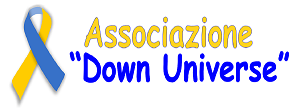





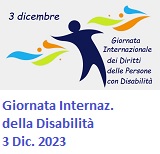





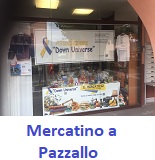




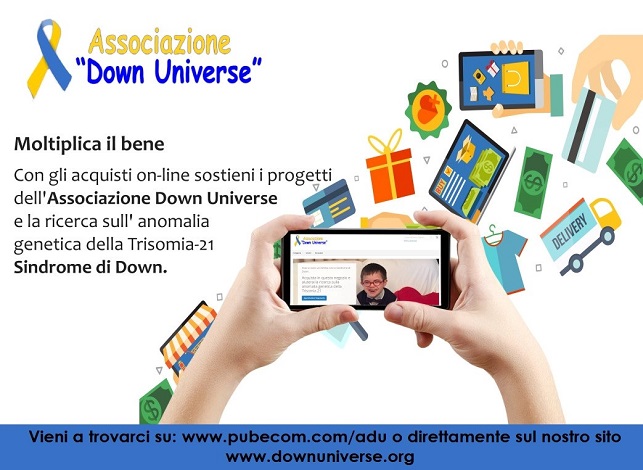 https://www.pubecom.com/adu/
https://www.pubecom.com/adu/






